The postpartum period, a time of joy and celebration, can also present unexpected challenges, one of which is postpartum hemorrhage (PPH). It accounts for the majority of the 14 million cases that occur each year. Postpartum hemorrhage is a significant and potentially life-threatening complication that requires prompt recognition, rapid intervention, and expert nursing care to ensure the well-being of the mother. As nursing professionals, understanding the risk factors, early signs, and evidence-based interventions for PPH is crucial in providing comprehensive care and support during this critical phase of the maternal journey.
This article aims to serve as a comprehensive nursing guide to postpartum hemorrhage, delving into its causes, assessment techniques, and multidisciplinary management.
What is Postpartum Hemorrhage?
- Postpartum hemorrhage occurs when a woman loses more than 500 mL of blood in a normal delivery and more than 1,000 mL of blood in a cesarean delivery within 24 hours.
Pathophysiology
- There are different main causes of postpartum hemorrhage, and they cause bleeding in different ways.
- In uterine atony, the uterus stops contracting, which leads to bleeding because the placental sites have closed.
- Lacerations also cause bleeding after delivery.
- If the uterus has retained placental fragments, it can also cause massive bleeding postpartum.
Risk Factors
These are the risk factors that you should watch out for in a postpartum woman.
- Conditions that distend the uterus beyond average capacity. Multiple gestations, hydramnios, a large baby, and the presence of uterine myomas predispose to postpartum hemorrhage.
- Conditions that could have caused cervical or uterine lacerations. A woman who underwent operative birth or rapid birth could develop lacerations that would cause bleeding.
- Conditions with varied placental site attachment. Placenta previa and abruption placenta also cause heavy maternal bleeding.
- Uterus could not contract readily. Conditions such as deep anesthesia during cesarean delivery, advanced maternal age, and high parity could cause the uterus not to contract and therefore result in bleeding.
- Inadequate blood coagulation. Disseminated intravascular coagulation in a woman could cause heavy bleeding postpartum.
Signs and Symptoms
You would not be able to miss out on the signs and symptoms of postpartum hemorrhage if you take a look at our list.
- Heavy vaginal bleeding. Bleeding of more than 500 mL in a normal vaginal delivery and more than 1000 mL in a cesarean birth qualifies for a postpartum hemorrhage.
- Tense and rigid uterus. This may also indicate internal bleeding and possible external bleeding.
Medical Interventions
Compliance to these medical interventions is critical for the survival of the patient. These would be ordered to ensure the safety of the patient and restore her well-being.
- Administration of Pitocin. If the uterus is unable to contract, the physician might prescribe Pitocin to maintain the tone of the uterus.
- Administration of Carboprost tromethamine. This is a prostaglandin derivative that could help in promoting sustained uterine contractions.
- Blood transfusion. Cross matching and blood typing is necessary to replace the blood loss.
- Administration of oxygen. If the woman is experiencing respiratory distress, administration of oxygen at 4L/min via face mask could be prescribed by the physician.
Surgical Management
Surgical management is essential to remove the cause of bleeding and avoid further depletion of the body’s fluid stores.
- Hysterectomy. In a worst case scenario, the uterus needs to be surgically removed to save the life of the mother.
- Suturing. This is necessary for extreme uterine atony to stop the bleeding.
Nursing Management
Nurses also need to intervene early or during the course of a hemorrhage to help the patient regain her strength and vitality. The data that the nurse would give would be essential in the care of the patient with hemorrhage.
Nursing Assessment
- Assess the amount of bleeding.
- Assess maternal vital signs to establish baseline data.
- Assess for signs of shock.
- Assess the condition of the uterus.
Nursing Diagnosis
- Deficient fluid volume related to excessive bleeding after birth.
Nursing Interventions
- Save all perineal pads used during bleeding and weigh them to determine the amount of blood loss.
- Place the woman in a side lying position to make sure that no blood is pooling underneath her.
- Assess lochia frequently to determine if the amount discharged is still within the normal limits.
- Assess vital signs, especially the blood pressure
Evaluation
- Maternal blood pressure is higher than 100/60 mmHg.
- Pulse rate is within the normal range of 60-100 beats per minute.
- Flow of lochia is less than a saturated pad per hour.
Now that the new member of the family has arrived, the lives of those around him are certain to change. The best events are yet to come, but the safety and health of both the mother and the baby should still be monitored. Education from the health care providers is most important so their lives would go on sailing smoothly and happy memories would be made together.



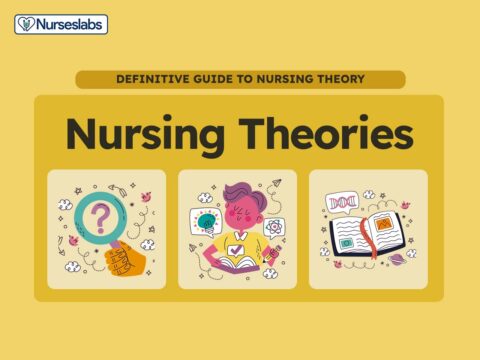

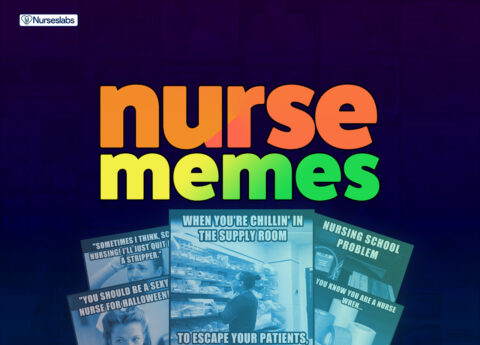
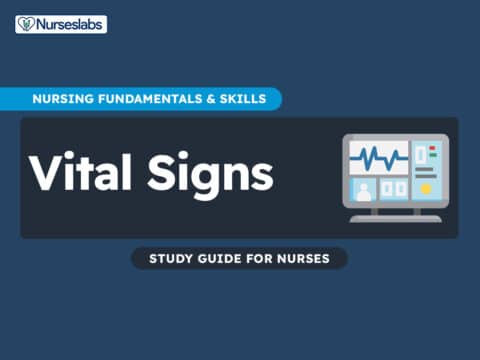
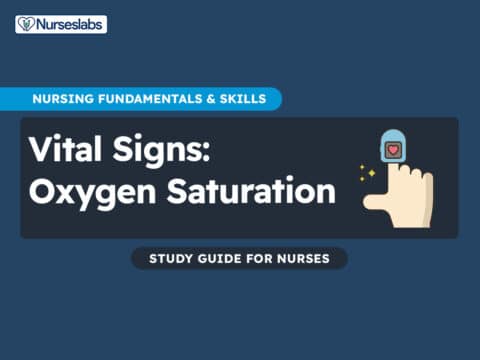
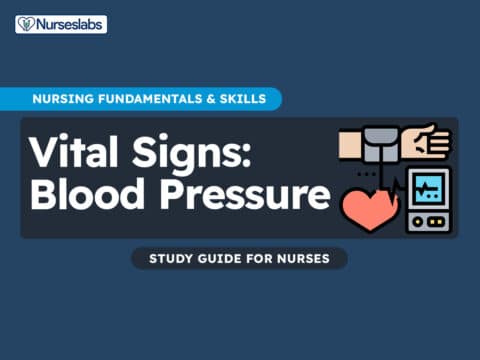

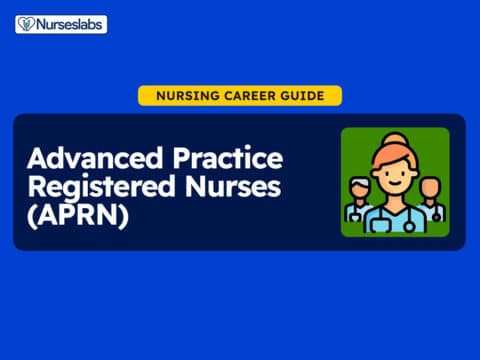
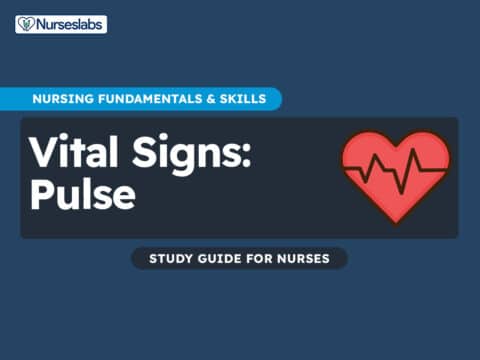
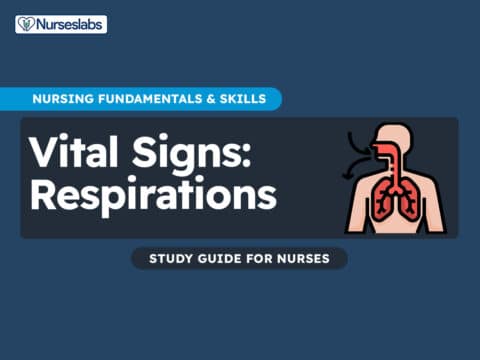

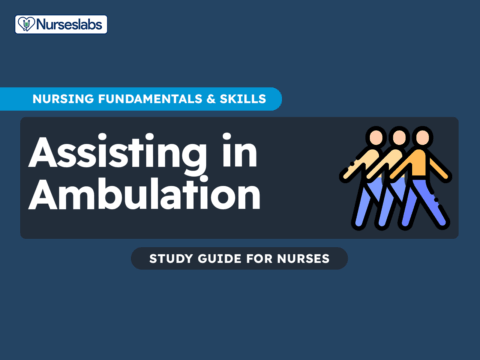
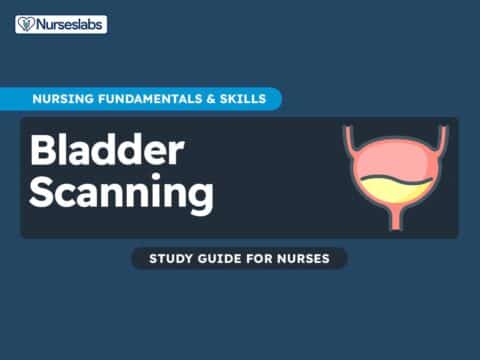



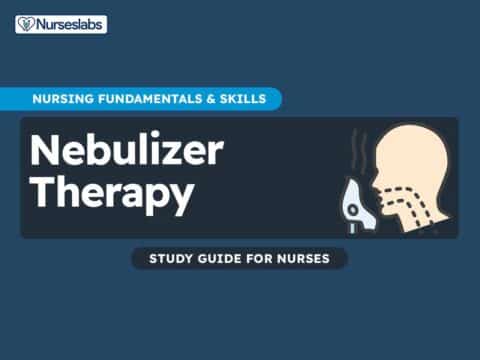







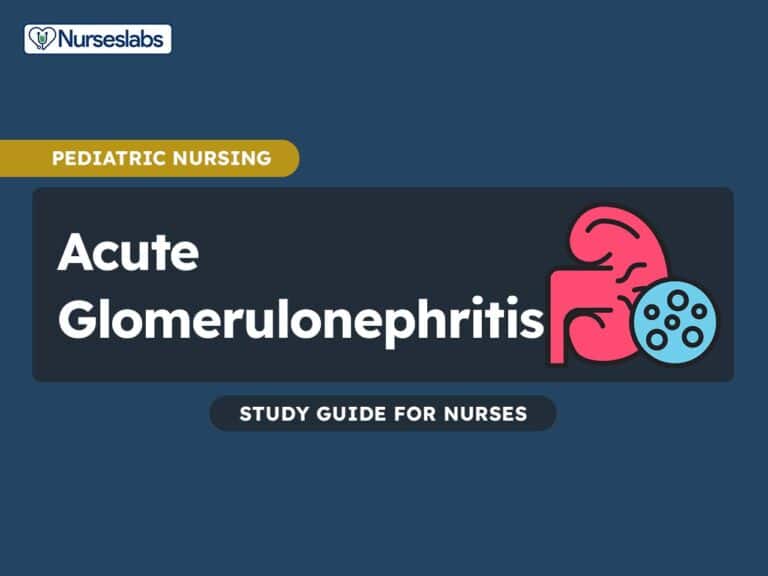
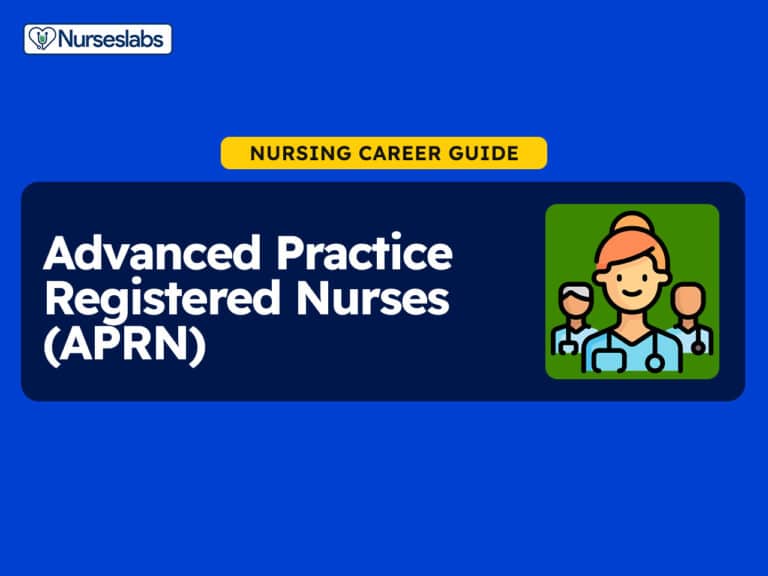



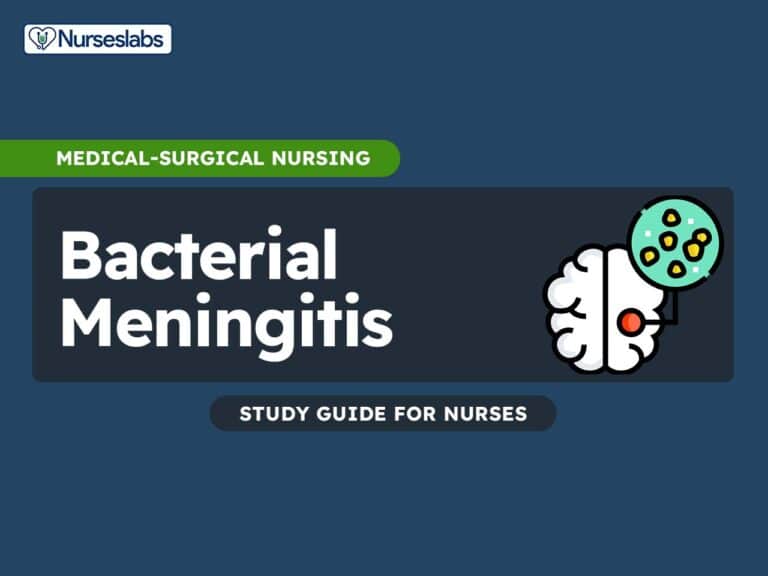


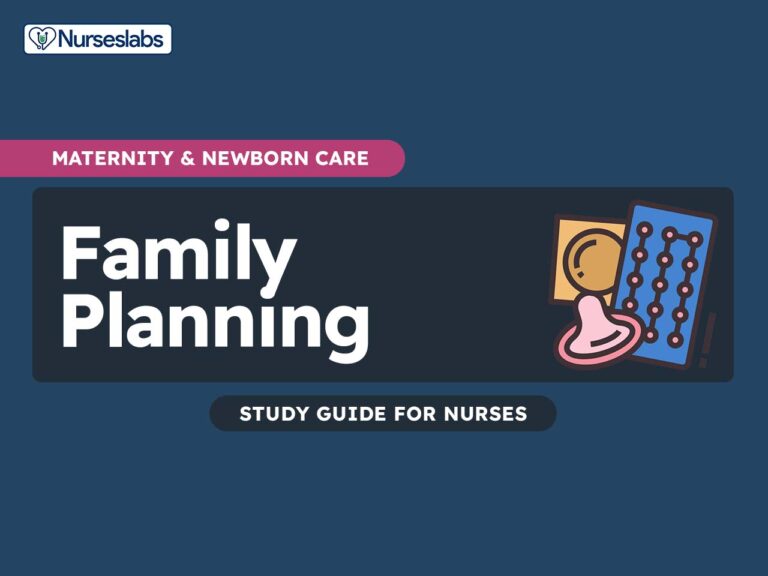
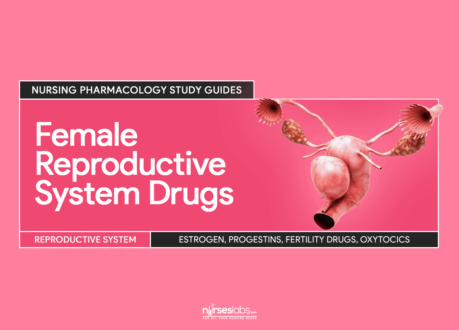
Leave a Comment